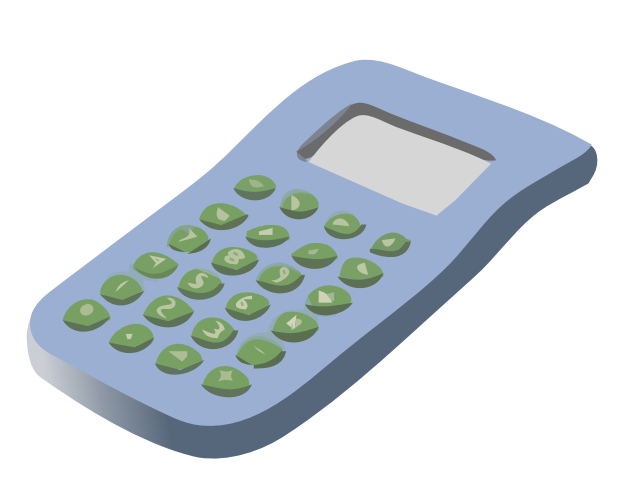The BPSK generation and demodulation parts of the set-up can be represented by the block diagram in Fig.1. The second Multiplier and the Tuneable Low-pass filter module are used to implement a product detector to recover the digital data from the BPSK.
 |
 |







